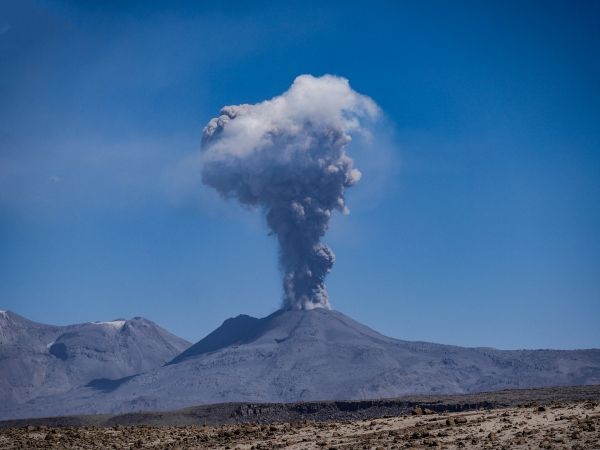Microscopic bubbles can tell stories about Earth’s biggest volcanic eruptions and geoscientists from Rice University and the University of Texas at Austin have discovered some of those stories are written in nanoparticles.
In an open-access study published online in Nature Communications, Rice’s Sahand Hajimirza and Helge Gonnermann and UT Austin’s James Gardner answered a longstanding question about explosive volcanic eruptions like the ones at Mount St. Helens in 1980, the Philippines’ Mount Pinatubo in 1991 or Chile’s Mount Chaitén in 2008.
Geoscientists have long sought to use tiny bubbles in erupted lava and ash to reconstruct some of the conditions, like heat and pressure, that occur in these powerful eruptions. But there’s been a historic disconnect between numerical models that predict how many bubbles will form and the actual amounts of bubbles measured in erupted rocks.
Read more at: Rice University
Photo Credit: MonikaP via Pixabay


